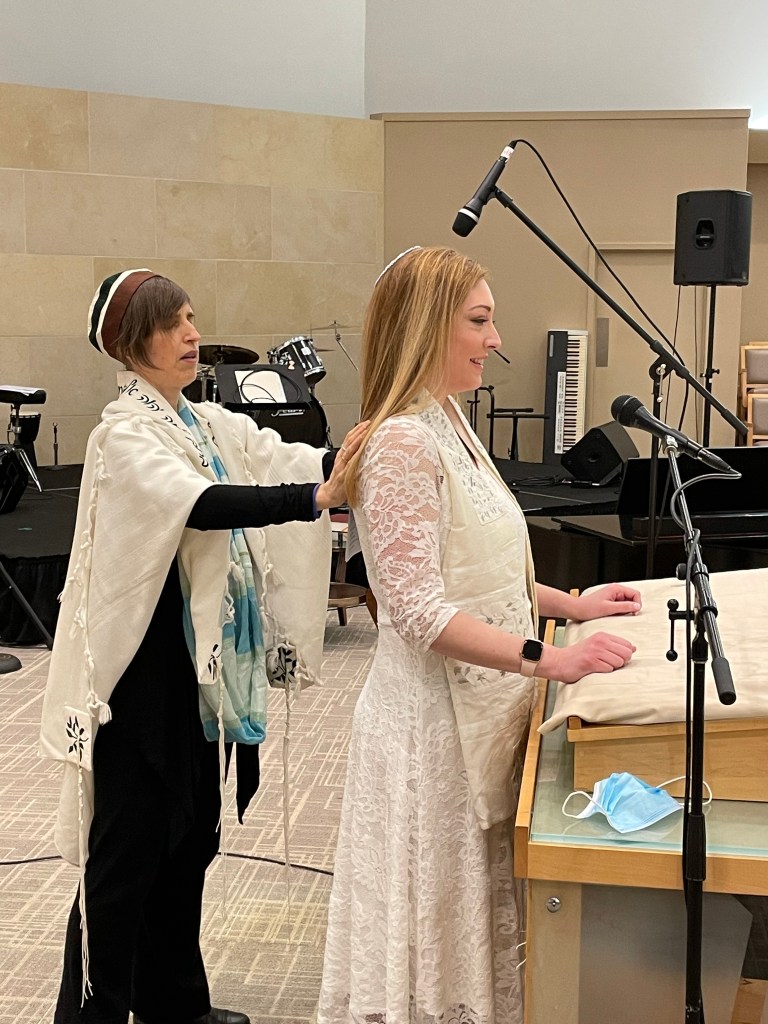
By Shelley A. Sackett
Artist and art teacher Ruth Rooks has always portrayed whatever caught her interest at that moment. In the first grade, it was beets. In 1996, it was the external pageantry of the Big Dig and the internal world of hospitals. Lately, she has been experimenting with two totally different subjects: the view from her studio window and faces.
Along the way, the Swampscott resident and president of the Swampscott Arts Association has garnered a “drawer full” of prizes, including two from the Copley Society of Boston and many from the Marblehead Festival of the Arts and SAA.
“Every time I submit a piece of my work, I hope it will be well-received and am thrilled when it is publicly recognized,” she said.
Rooks grew up in Brighton in a three-story apartment complex, attended Sunday school in a one-room schoolhouse and played with her neighborhood friends on the wide sidewalk in front of the building and in the large backyard behind it. Although she had few toys as a child, she always had a box of crayons.
Her first encouragement came from her father, Harry Kemelman (author of the Rabbi Small detective series) and his writer friend, who conspired to send her three-year-old drawings to Life magazine after it published an article on modern art. Art in the Brighton public schools was uninspiring, limited in medium to crayons and in subject to classroom holiday decorations.
Moving to Marblehead in the seventh grade was a double-edged sword. On the one hand, Rooks was thrust into a small-town environment where most of the other kids knew each other since kindergarten. On top of that, her father drove her to school and she was late “EVERY. SINGLE. DAY!”
On the other hand, Marblehead schools championed the arts, and Rooks encountered media other than crayons along with encouraging teachers. In high school, Marion Brown, “famous as an artist and by ancestry,” introduced Rooks to watercolors, a medium (along with oil paints and gouache) she favors to this day.
At 15, she “stretched the truth” and applied as a 16-year-old to be arts and crafts director at Camp Columbia day camp. She got the job and stayed for eight years, loving every minute, even the rainy days when she had an hour to dream up a project for the more than 50 campers who would show up in her shop.
It was then she knew she wanted to teach art. “I always liked to make things,” she explained. “If I saw something in a store, I would try to make it with whatever was in the house. I don’t throw away anything that sparkles and seizes my attention.”

Years later, while her husband, George, attended Columbia University Graduate School of Business, Rooks attended the university’s Teachers College to complete the coursework needed for Massachusetts certification. Her first job was at Revere Junior High School and she never stopped teaching art, from a juvenile court-ordered program in Boston, to the Jewish Community Center of the North Shore, the Marblehead Arts Association, and private classes in her home. Under the direction of Bennett Solomon, she started the art program at (now) Epstein Hillel School.
These part-time jobs afforded her flexibility to mother three children – Nina, Jennifer, and Jared – and to take classes with a variety of artists. Then, in 1993, she was diagnosed with lung cancer and her teaching career ground to a halt.
She recovered after two surgeries, but was “antsy. I needed a schedule,” she said, so she enrolled in three classes at DeCordova Sculpture Park and Museum in Lincoln: silversmithing, silver jewelry, and painting critique. Silversmithing hurt her wrist and she had more jewelry than she would ever wear. The painting class, taught by Tim Harvey (“one of the best painters I know and one of the harshest critics”), resonated in a way that would set her life’s creative agenda.
When her family moved to Swampscott in 1996, Rooks had room to set up a dedicated studio. Her first inspiration came from Boston’s Big Dig, the largest public works project in the country. “I loved everything about it – the cranes, the sand barrels, the colors of the equipment, the huge building structures. So I painted them!” she exclaimed.
Her paintings were included in many shows and won many prizes. “It was heady stuff,” she admitted.
But the restless Rooks soon tired of construction scenes and moved on to whimsical but undeniably hospital scenes based on another medical stay (“I can’t think of anyone who would buy one!”) and her current interests in landscapes and faces.
Although her father – whose “Friday the Rabbi Slept Late” won the Edgar Award for Best First Novel in 1964 and starred Art Carney in a made-for-TV adaptation – always wrote, Rooks was unaware of it as a child. What she does remember is his lecturing to her and her siblings. “We were his audience and he liked to expound. All that you read and learn in the Rabbi Small books, we heard one way or another,” she said. A creative writing teacher, he brought his work home and encouraged his children to “write a million words,” a lesson Rooks took seriously and enjoyed as a nightly exercise.
Rooks also takes the Swampscott Arts Association (swampscottarts.org) and her role as president seriously. To add some challenge for the more experienced artist, SAA holds one or two juried shows per year. It also sponsors two social events: an annual meeting/picnic at Rooks’ home, and a December holiday party.
The most special aspect for Rooks? “This is an organization where everyone seems to like each other!” she said with a smile.















